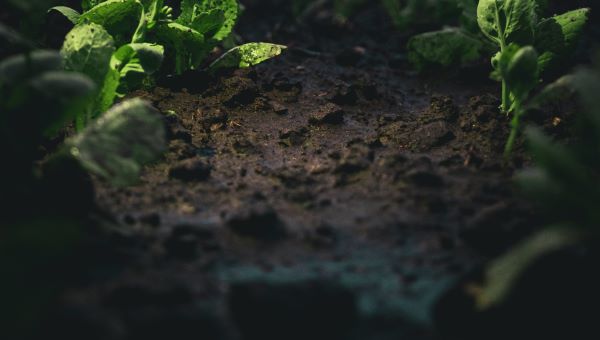


With a rich variety of nutrients and natural growth enhancers, seaweed is a powerful ally in boosting soil health
In the world of organic gardening and farming, one of the most valuable yet often overlooked resources is seaweed. With a rich variety of nutrients and natural growth enhancers, seaweed is a powerful ally in boosting soil health and promoting plant growth. Making your seaweed fertilizer at home is an excellent way to tap into its many benefits, all while reducing reliance on commercial fertilizers and enhancing the health of your garden or farm.
Seaweed fertilizers are renowned for their ability to improve soil structure, enhance plant resilience, and boost crop yields. Packed with vital minerals, trace elements, and growth hormones, seaweed extract organic fertilizer promotes vigorous root development, improves soil water retention, and helps plants recover from environmental stressors. Additionally, seaweed fertilizer supports beneficial microbial activity in the soil, further contributing to plant health and growth.
Before diving into the process of making your seaweed fertilizer, it’s important to understand its components and how it works. Seaweed contains a variety of nutrients that plants need for healthy growth, including nitrogen, potassium, phosphorus, and calcium.
Making your seaweed fertilizer at home requires only a few basic ingredients, most of which can be found easily if you live near the coast. Here’s a list of what you’ll need:
The first step is to gather fresh seaweed from the shore or buy it from a trusted supplier. When collecting seaweed, make sure to choose healthy, non-toxic varieties that are free from pollutants.
Once you’ve gathered your seaweed, rinse it thoroughly with fresh water to remove any sand, salt, or debris. This is an essential step, as it ensures your seaweed is clean and free of contaminants that could harm your plants.
Place the clean seaweed in a large container and cover it with water. Let it soak for anywhere from 1 to 3 weeks, depending on the type of seaweed and the strength of the solution you want to create. During this time, the seaweed will release its nutrients into the water, creating a potent, nutrient-rich liquid.
Once the soaking period is over, it’s time to strain the seaweed mixture. Use a mesh bag or strainer to separate the liquid from the solid seaweed remnants. The liquid you collect is your homemade seaweed fertilizer.
Once your seaweed fertilizer is ready, you can apply it directly to your plants. You can use it as a foliar spray by spraying it directly onto the leaves or as a soil drench by pouring it around the base of your plants. Seaweed fertilizer can be applied once a week during the growing season to help improve soil health and promote plant growth.
Key Benefits of Seaweed Fertilizer for Plants:
Important Tips for Using Seaweed Fertilizer:
“Sustainability is not just about what you save, but what you create for future generations.”
While liquid seaweed fertilizer is the most common form, there are other ways to utilize seaweed in the garden. You can incorporate dried seaweed directly into the soil by chopping it into smaller pieces and mixing it into your compost. This will allow it to break down naturally and enrich the soil with its nutrients over time.
